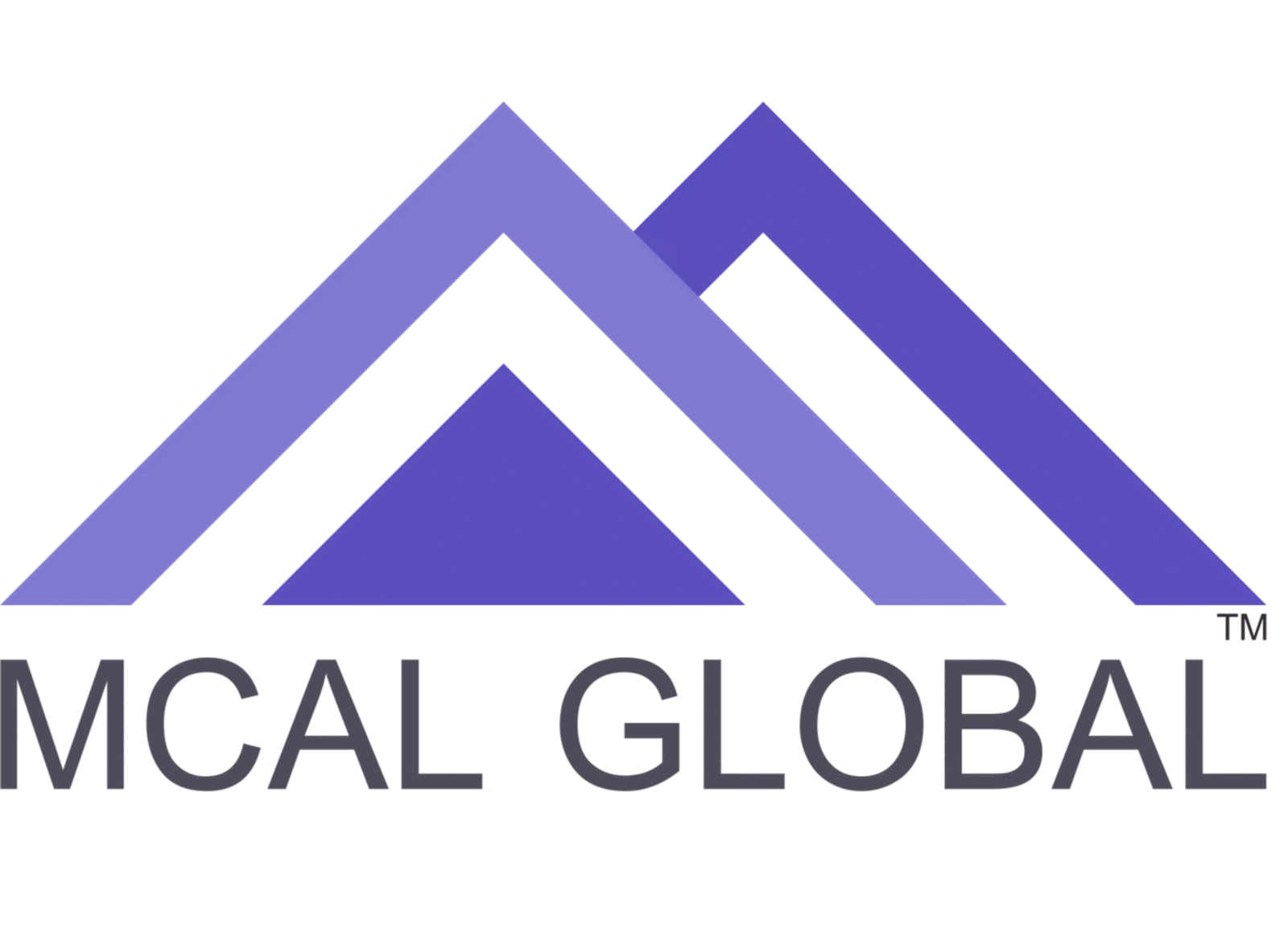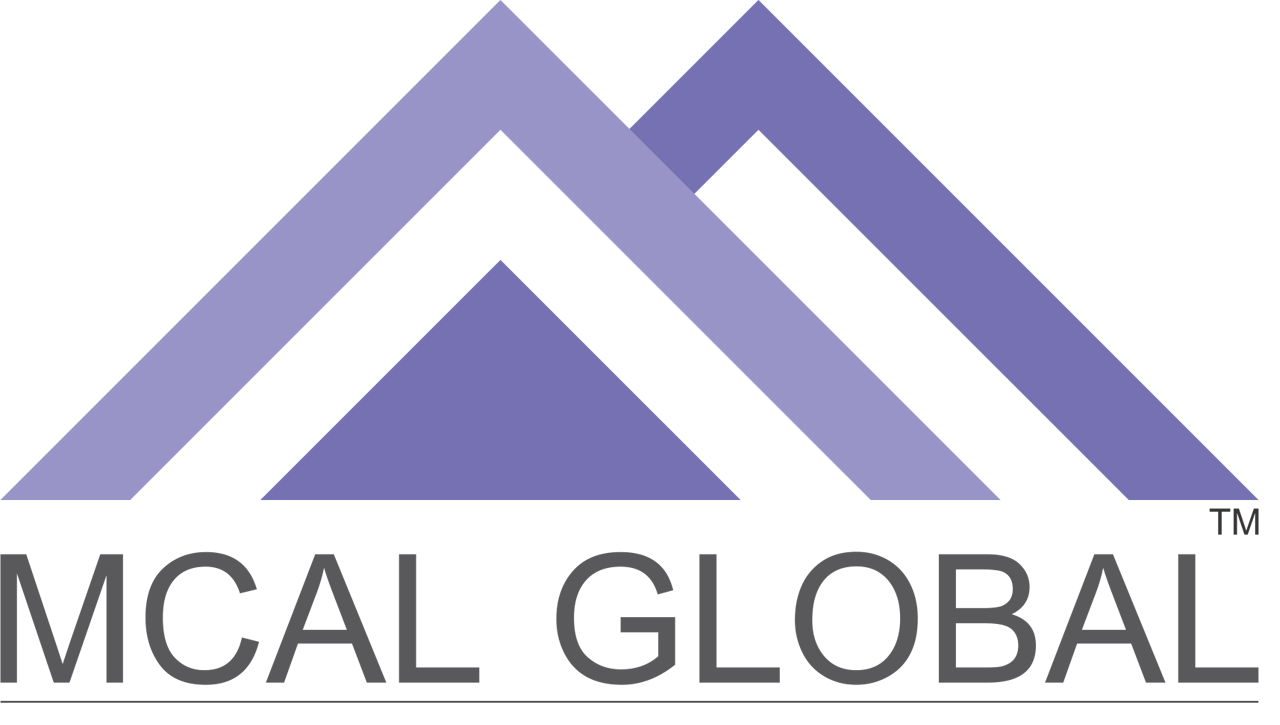Requirements gathering and elicitation are crucial stages in the software development lifecycle that ensure a clear understanding of stakeholder needs and project objectives. These techniques enable organizations to gather, analyze, and document requirements effectively. This article provides a detailed guide to requirements gathering and elicitation techniques, including their definition, process, benefits, examples, and related tools and organizations that support their implementation.I. Understanding Requirements Gathering and Elicitation:Requirements gathering and elicitation are processes used to identify, clarify, and document stakeholder needs and project requirements. These techniques involve engaging stakeholders, gathering information, and analyzing it to define the scope, goals, and constraints of a project. By effectively capturing requirements, organizations can align their efforts with stakeholder expectations and ensure successful project outcomes.II. The Process of Requirements Gathering and Elicitation:The process of gathering and eliciting requirements typically involves the following steps:
- Identify Stakeholders: Identify and engage stakeholders who have a vested interest in the project or system being developed. This includes end-users, customers, subject matter experts, project managers, and other relevant individuals.
- Plan the Requirements Gathering Process: Develop a plan for requirements gathering, including defining the scope, objectives, and deliverables. Determine the techniques and tools that will be used, establish a timeline, and allocate resources accordingly.
- Conduct Interviews: Interview stakeholders individually or in groups to understand their needs, preferences, and expectations. Use open-ended questions to encourage detailed responses and actively listen to their input. Document the findings to refer to later in the process.
- Facilitate Workshops: Organize workshops or brainstorming sessions with stakeholders to gather requirements collaboratively. Encourage participants to share their ideas, concerns, and suggestions. Facilitate discussions to uncover potential conflicts, reach consensus, and refine requirements.
- Analyze Existing Documentation: Review existing documentation, such as business processes, user manuals, or technical specifications, to gain insights into the current system or process. Identify gaps, inconsistencies, or areas for improvement that need to be addressed.
- Use Prototyping and Visualization: Create prototypes or visual representations of the proposed system or solution to help stakeholders visualize the final product. This can include wireframes, mockups, or interactive prototypes that provide a tangible representation of the requirements.
- Conduct Surveys and Questionnaires: Distribute surveys or questionnaires to stakeholders to collect structured feedback on specific aspects of the project. This method allows for large-scale data collection and can provide valuable insights into stakeholder preferences and priorities.
- Utilize Observations and Shadowing: Observe stakeholders in their natural working environment or engage in shadowing activities to gain firsthand understanding of their workflows, pain points, and requirements. This technique allows for direct observation and provides insights into actual user behavior.
- Document and Validate Requirements: Document the gathered requirements in a clear and structured manner. Use techniques such as use cases, user stories, or requirement specifications to capture the information. Validate the requirements with stakeholders to ensure accuracy, completeness, and alignment with their expectations.
III. Examples of Requirements Gathering and Elicitation Techniques:Example 1: User Interviews Conducting interviews with end-users to understand their needs, challenges, and desired functionalities. This technique allows for personalized and in-depth insights into user requirements.Example 2: Prototyping and Visualization Creating interactive prototypes or visual representations of the proposed solution to gather feedback from stakeholders. This technique helps stakeholders visualize the final product and provides a basis for further refinement.Example 3: Workshops and Brainstorming Facilitating collaborative workshops or brainstorming sessions with stakeholders to gather requirements collectively. This technique encourages active participation, generates ideas, and fosters a shared understanding.IV. Related Tools and Organizations:
- Microsoft Visio: Microsoft Visio is a popular diagramming and visualization tool that can be used to create visual representations of processes, workflows, and system architectures. It allows for the creation of diagrams that aid in requirements gathering and communication. Website: https://www.microsoft.com/en-us/microsoft-365/visio/
- Axure RP: Axure RP is a prototyping and wireframing tool that enables the creation of interactive prototypes and mockups. It offers features for collaboration, user testing, and requirements gathering. Website: https://www.axure.com/
- IREB (International Requirements Engineering Board): IREB is an international organization dedicated to advancing the field of requirements engineering. They provide certifications, training, and resources for professionals involved in requirements gathering and elicitation. Website: https://www.ireb.org/
- International Institute of Business Analysis (IIBA): IIBA is a professional association focused on business analysis and requirements gathering. They offer certifications, resources, and networking opportunities for individuals involved in requirements analysis and management. Website: https://www.iiba.org/
Conclusion:Requirements gathering and elicitation techniques play a crucial role in ensuring successful software development projects. By engaging stakeholders effectively, analyzing requirements, and documenting them accurately, organizations can align their efforts with stakeholder expectations and deliver high-quality solutions. Through the use of related tools and the support of organizations dedicated to requirements engineering, organizations can enhance their requirements gathering and elicitation processes, leading to improved project outcomes and customer satisfaction.References:
- Microsoft Visio. (2022). Microsoft Visio. Retrieved from https://www.microsoft.com/en-us/microsoft-365/visio/
- Axure RP. (2022). Axure RP. Retrieved from https://www.axure.com/
- IREB (International Requirements Engineering Board). (2022). IREB. Retrieved from https://www.ireb.org/
- International Institute of Business Analysis (IIBA). (2022). IIBA. Retrieved from https://www.iiba.org/
For better understanding join MCAL Global’sMaster Business Analysis Training – MBATâ€. MBAT is the flagship business analyst course. MCAL Global has trained more than 2000 professionals on the business analysis processes, concepts, tools, techniques, best practices, business analyst certification, and software tools via this program.Â
Through active feedback collected from individuals & corporates, MCAL Global has perfected this business analyst course via numerous updates and revisions to deliver the best possible results for individuals or corporates. MCAL Global conducts a classroom for this business analyst course in Pune and Mumbai, else you can join our live online business analyst course from anywhere.Â
MCAL Global has trained professionals from the United States, UAE – Dubai, Australia, United Kingdom, and all major cities from India through our live instructor online business analyst courses. You can send your interest by visiting our contact us page.


